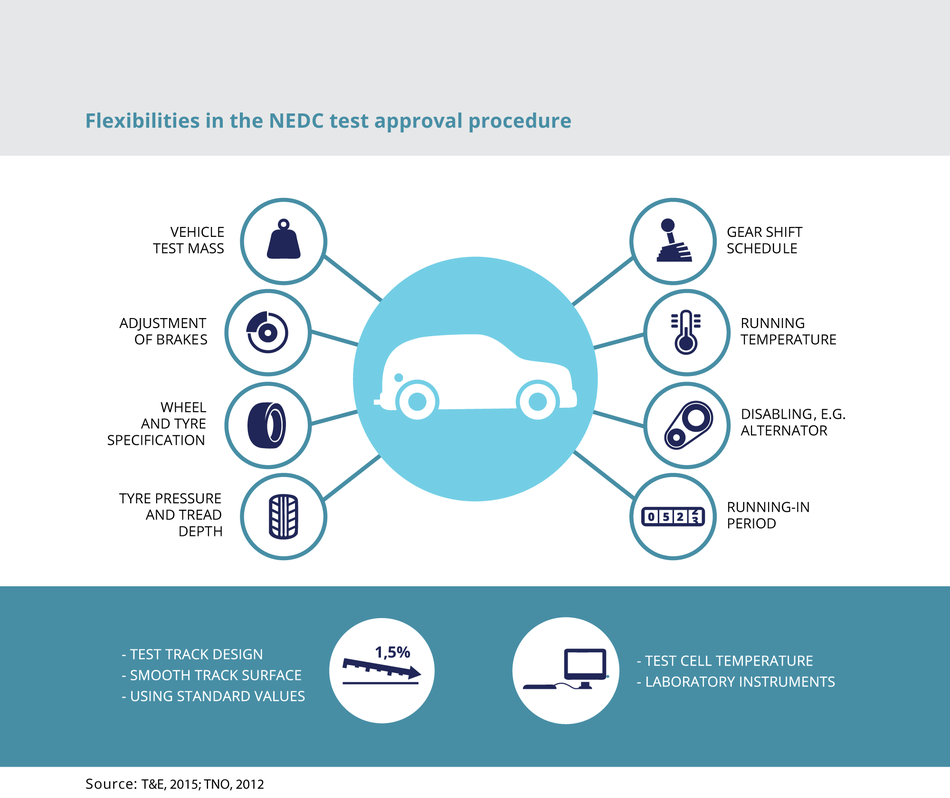Measuring exhaust emissions from vehicles is a complex issue, and it’s a topic that has been extensively discussed in the media over the past months. This report explains in simple terms how vehicle emissions occur and how they are tested, and the reasons for the gap between tested and real-world driving emissions.
EEA Executive Director Hans Bruyninckx
Despite improvements in vehicle efficiencies over past decades, EEA reports show that the road transport sector is responsible for almost one fifth of Europe’s greenhouse gas emissions. It also contributes to high concentrations of air pollutants above EU standards in many of Europe’s cities.
‘Measuring exhaust emissions from vehicles is a complex issue, and it’s a topic that has been extensively discussed in the media over the past months,’ said EEA Executive Director Hans Bruyninckx. ‘This report explains in simple terms how vehicle emissions occur and how they are tested, and the reasons for the gap between tested and real-world driving emissions.’
The new report, ‘Explaining road transport emissions: a non-technical guide’, gives a simplified explanation of the often complex information available on road transport emissions as well as the technologies to reduce them.
Standardised measurements are made in laboratories to check that vehicles meet the official requirements for exhaust emissions. However, the official procedures currently used in Europe are not representative of real driving conditions. For certain pollutants, there is a significant difference between official emission measurements and vehicle performance on the road. Nitrogen oxides (NOx), a major air pollutant which harms health and the environment, can be more than seven times higher under real world driving conditions for new vehicles than in official tests. New vehicles similarly can emit up to 40 % more carbon dioxide (CO2) than official measurements would indicate.
The report outlines three main reasons for these discrepancies:
- An outdated test procedure used in Europe that does not reflect real-world driving conditions;
- Permitted ‘flexibilities’ in the current testing procedures that allow manufacturers to optimise certain testing conditions, and thereby achieve lower fuel consumption and CO2 emission values;
- Several in-use factors which are driver dependent (e.g. driving style) or independent (e.g. environmental conditions)
The existing emissions test procedure permits a number of flexibilities which can be used to minimise measured emissions.

In the future two important initiatives are planned in the European Union to help ensure an improved consistency between the official vehicle emissions and real-world driving performance. This includes updating the outdated official test procedure to one that is more representative of real-world emissions, as well as the introduction of a procedure for measuring the real driving NOx emissions of vehicles on the road.

Document Actions
Share with others